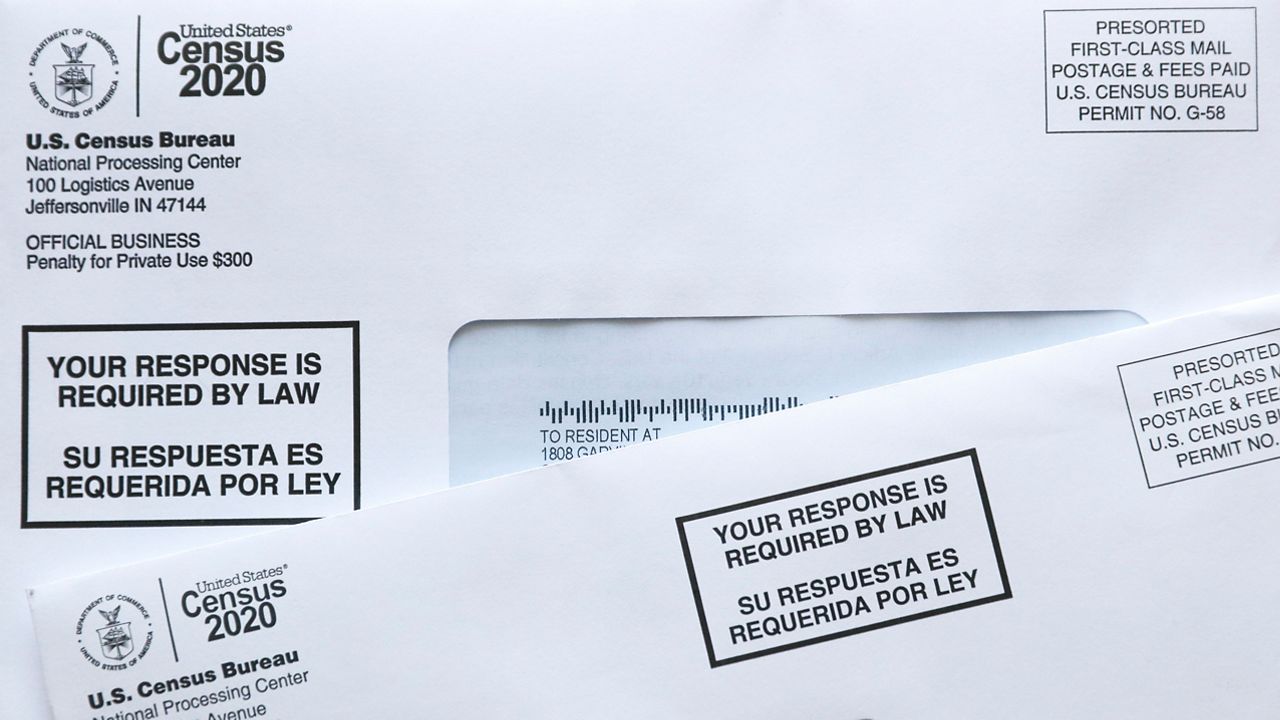Every ten years, the U.S. Census is used to determine New York's federal aid and the level of representation the state has in Washington for the next decade.
While there are often concerns about an undercount here in the city, that has been heightened by the pandemic and other life-changing events the last several months.
“We are facing pandemics, we are facing upticks in violence and we are facing an alarming crisis in census response rates,” said Brooklyn State Senator Zellnor Myrie. “We are behind the nation. Here in the city, we are behind the state. So we have to respond accordingly.”
The response rate is currently 62 percent nationwide. In New York State, it is 57 percent, and here in the city it’s just 53 percent.
This comes as the size of New York's House delegation in Washington, which was once 45 members in 1952, is already down to 27 lawmakers.
On Wednesday, the state legislature held a hearing about the census response and how it will affect how federal and state lines are drawn to determine representation in Washington and Albany.
The timetable for doing that has been officially pushed back three months.
“The timetable that’s contemplated in the constitution is based on a non-pandemic — of course, why would they expect otherwise — and the primaries being in September,” said Blair Honer, who works for New York Public Interest Group. “And those are real problems in terms of the commission getting its work done.”
An independent commission will draw the district lines for the assembly and state senate. If the legislature rejects that map, then the governor and legislative leaders will draw them themselves.
With a Democrats controlling both houses, that could help ensure a democratic majority for the next ten years, since lines are often gerrymandered to favor the party in power.
But without an accurate census count, Democrats fear it could all be in jeopardy.
“There is a whole process that the governor announced in January,” said Laurie Daniel-Favors, who works for the Law and Social Justice Center. “I actually spoke at the announcing conference. And we were very excited about that. There had been radio silence on those funds ever since. So we need those funds to be distributed now. Like, two months ago.”
The legislature has allocated $70 million for census outreach, and those funds have yet to be released by the Cuomo administration.
Advocates say community outreach is essential to guaranteeing a fair count. Historically, it’s been communities of color who have been undercounted and lost out. That is even more of a concern this year with COVID-19 disproportionately affecting those same communities.
In a statement, Kristin Devoe from the Empire State Development Corporation responded to NY1’s request for comment, saying, “While we are actively contemplating options to achieve this vital objective, the reality is, New York State is facing a 14 percent drop in revenue — $61 billion over four years — and in the absence of federal funding to offset this loss, the state is developing a plan to reduce spending by over $10 billion.”



